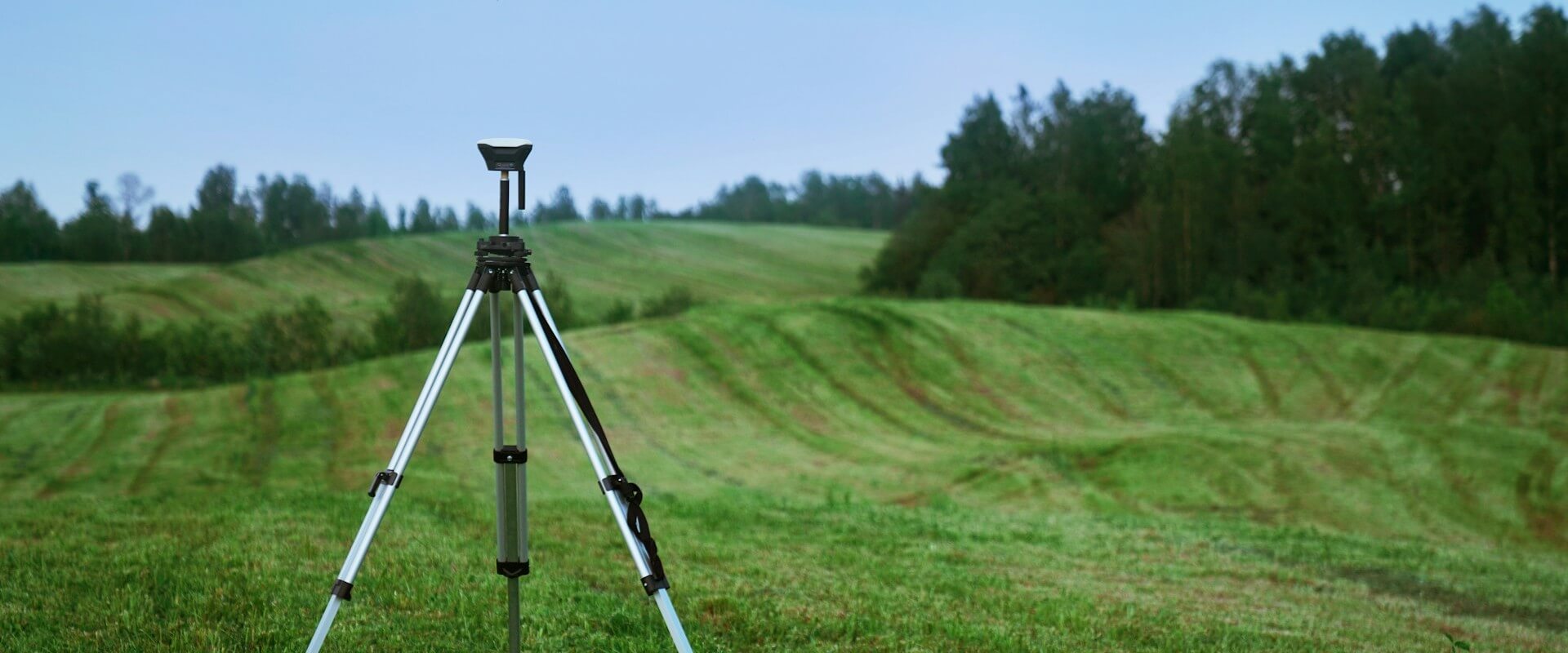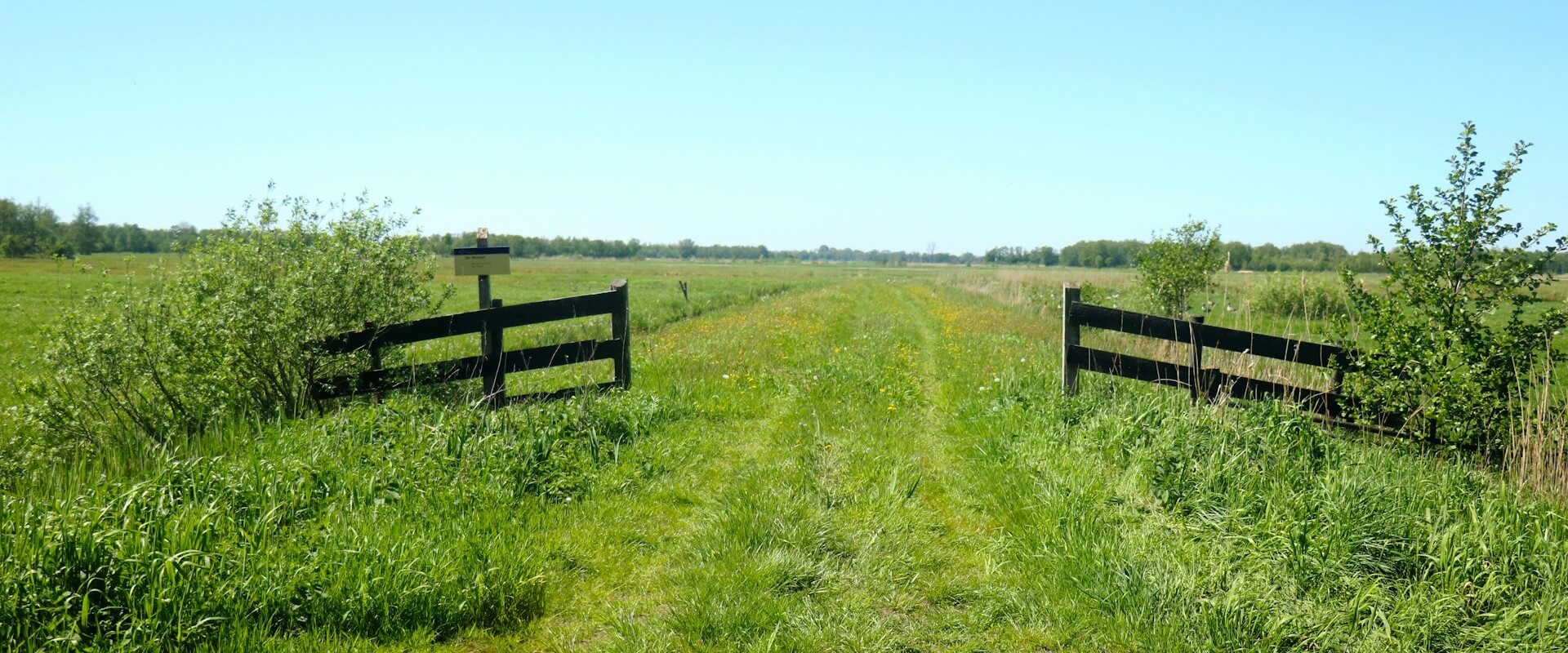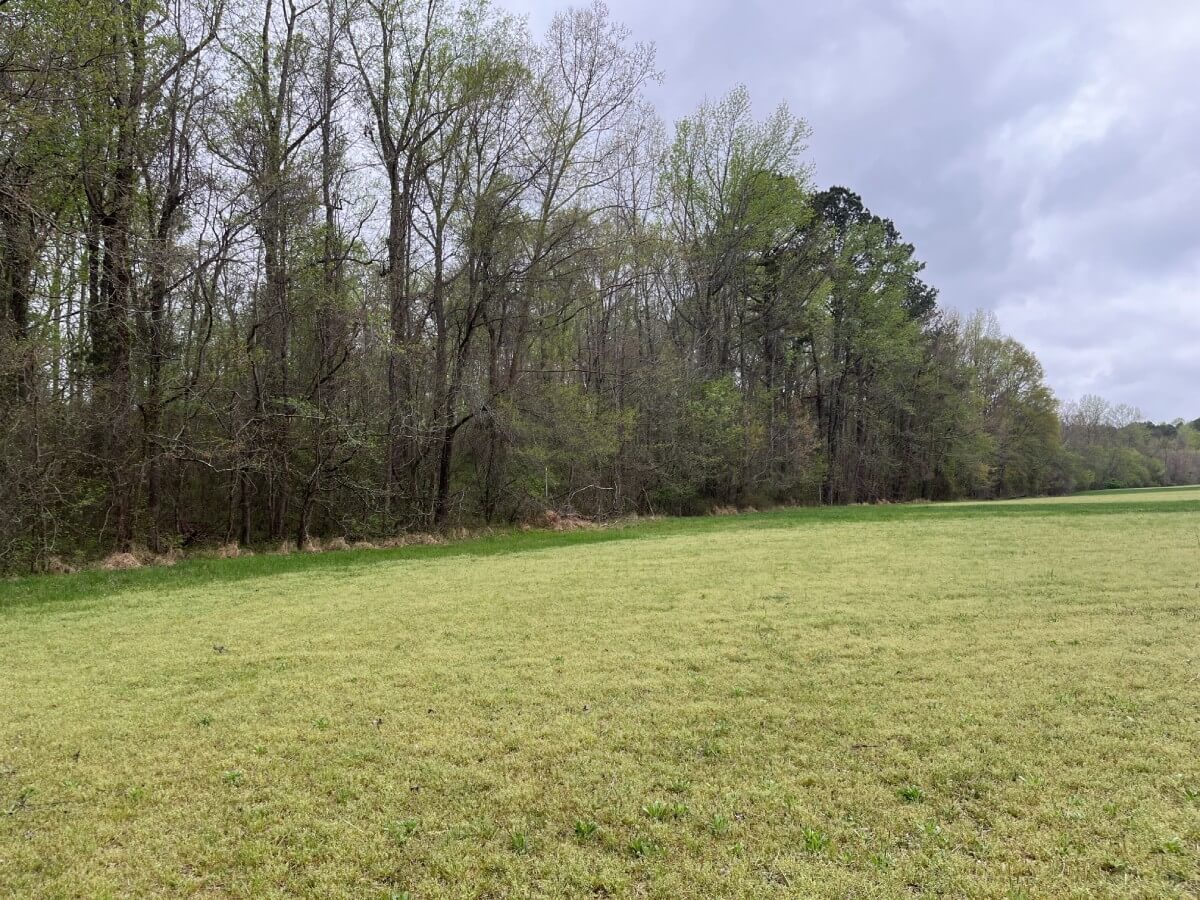When people think about land conservation, they often imagine protecting pristine forests, untouched wetlands, or sweeping open spaces. These places are undeniably valuable, and traditional land trust efforts have safeguarded countless acres of such landscapes for future generations.
Yet, there is another category of land conservation that often receives less attention but provides necessary ecological return: land and aquatic systems that have been restored or enhanced.
Conserving restored and enhanced land and aquatic systems is not simply about keeping them from being lost again—it’s about perpetually protecting the incredible ecological gains that come only after years of investment, on-the-ground work, and expertise. If we want our conservation actions to have the maximum impact, we should prioritize protecting these revitalized ecosystems.
Restoration and Enhancement Before Conservation
Degraded lands—stream corridors that are eroded, drained wetlands, or forests that were clearcut—hold potential, but that potential is unrealized until they are actively restored and enhanced. Restoration brings systems back to health by reestablishing their natural functions, and enhancement strengthens their natural functions even further.
Restoration may involve:
- Reshaping stream channels
- Replanting streambanks
- Replacing invasive species with native species
- Re-wetting wetlands
These efforts repair natural functions and processes and set the stage for biodiverse wildlife communities to thrive again.
Once restoration and enhancement work has succeeded, the land no longer simply has potential value - it has tangible natural function. Aquatic systems filter pollutants, sequester carbon, recharge groundwater, and provide critical habitat. Forests stabilize soils and offer corridors for wildlife. These aren’t theoretical benefits; they’re measurable outcomes of restoration and enhancement.
Conserving restored and enhanced land and aquatic systems ensures that these hard-won gains are not undone by future development or mismanagement. In effect, it doubles the impact: the initial restoration improves the ecosystem, and permanent land protection guarantees that improvement lasts.
Why do Restored Aquatic Systems Matter?
Among all ecosystems, aquatic systems—streams, rivers, wetlands—are often the most degraded and the most expensive to restore. Yet they are also incredibly impactful compared to many other natural systems once restored and enhanced. Healthy aquatic systems:
- Provide clean drinking water for communities.
- Reduce downstream flooding and storm damage.
- Support fish and wildlife populations critical to both biodiversity and local economies.
- Improve resilience against climate change by storing carbon and regulating water cycles.
Protecting restored aquatic habitats means safeguarding these high-value natural functions in perpetuity. It’s not just conservation—it’s conservation with a multiplier effect.
What is the Role of Unique Places to Save?
This is precisely the niche that Unique Places to Save has embraced. The organization works with mitigation and restoration companies to target restored and enhanced aquatic systems for permanent protection. By working to conserve streams and wetlands that have already been brought back to ecological health, Unique Places to Save ensures that years of hard work and investment don’t go to waste.
The results are profound. Each acre conserved is a living system filtering water, supporting wildlife, and offering communities resilience against climate and development pressures. The conservation work done represents some of the highest ecological return on investment available.
How Does Restoration Complement Traditional Conservation?
This is not to discount the important work of traditional land trust work or conducting permanent conservation on non-restored lands. Protecting open space and preventing further degradation is essential, especially when rare or fragile ecosystems are present.
But when land and aquatic systems have been restored and enhanced, it represents a pinnacle of conservation opportunity: a place where natural functions are already operating at a high level and where permanent protection can yield immediate, lasting benefits.
How Does Restoration Support High-Value Conservation?
Supporting organizations like Unique Places to Save is one of the most effective ways individuals, communities, and partners can make a difference. By directing resources to projects that conserve restored and enhanced aquatic and other systems, donors and supporters ensure their contributions yield maximum ecological impact.
Conserving land is always valuable, but conserving restored and enhanced land and aquatic systems ensures that restoration and enhancement are not just temporary. It’s a promise to future generations that our investment in the land today will endure—clean water, vibrant wildlife, and healthy ecosystems that remain long after we are gone.
At Unique Places to Save, we work alongside environmental professionals and stakeholders to employ conservation strategies for restored land and aquatic resources across the country! Please consider following us on Facebook and LinkedIn on our journey to achieve more restoration and conservation projects across our country!
About the Author
Dr. Christine Pickens is a wetland ecologist with over 15 years of experience managing a diversity of projects across the US focused on ecological research, restoration project management, and partnership building. Her current on-the-ground efforts are focused on multi-disciplinary coordination of dam removal and conservation of imperiled wetland types while expanding public access to and understanding of nature through park development and educational outreach.
Learn More




